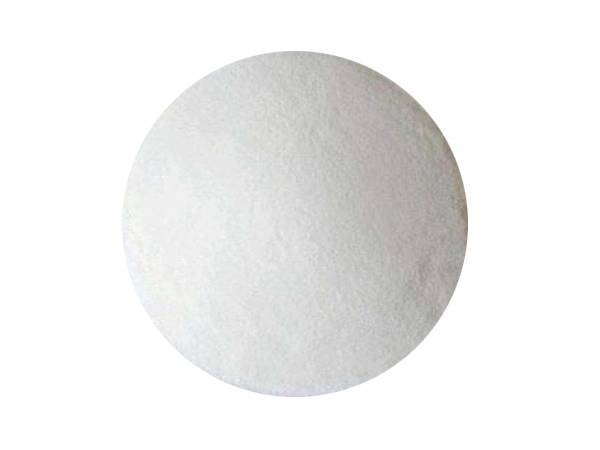



Sodium Hydroxide Uses and Benefits in Water Treatment Processes and Systems
Sodium Hydroxide for Water Treatment An Essential Component
Water treatment is a critical process in ensuring the safety and quality of drinking water. One of the key substances utilized in this sector is sodium hydroxide (NaOH), commonly known as caustic soda. This compound plays a vital role in various water treatment applications, primarily due to its ability to regulate pH levels, neutralize acids, and remove heavy metals from water sources.
Sodium hydroxide is a strong alkaline substance that can significantly affect the pH of water. The pH level is a crucial factor in water quality. Water that is too acidic can lead to corrosion of pipes and fixtures, potentially introducing harmful metals, such as lead and copper, into the drinking water supply. Conversely, water that is too alkaline can affect the solubility and mobility of various contaminants. Thus, maintaining an appropriate pH level is essential for both the safety and aesthetic qualities of water.
One of the most common applications of sodium hydroxide in water treatment is the neutralization of acidic waters. Many water sources, particularly those affected by industrial discharge or natural geological formations, can have low pH levels. By adding sodium hydroxide to these water sources, operators can raise the pH, resulting in water that is less corrosive and safer for distribution. This not only protects plumbing systems but also improves the overall quality of the water for consumers.
sodium hydroxide for water treatment

Additionally, sodium hydroxide is instrumental in the removal of heavy metals from water. Heavy metals, including lead, mercury, and cadmium, pose serious health risks to humans and aquatic life. Through a process called precipitation, sodium hydroxide can react with dissolved heavy metal ions, forming insoluble compounds that can be easily removed from the water through filtration or sedimentation. This process is not only effective but is also cost-efficient, making sodium hydroxide a preferred choice in many water treatment facilities.
Another significant benefit of sodium hydroxide is its role in softening water. Hard water, which contains high levels of calcium and magnesium ions, can lead to scale buildup in pipes and appliances, reducing their efficiency and lifespan. Sodium hydroxide helps to precipitate these hard water ions, making it easier to filter them out and thus softening the water.
Despite its advantages, the use of sodium hydroxide must be carefully managed. It is a highly caustic substance, and improper handling can lead to chemical burns or damage to equipment. Therefore, water treatment facilities must implement appropriate safety measures and training for personnel working with this compound.
In conclusion, sodium hydroxide is an essential component in water treatment processes. Its ability to adjust pH, remove heavy metals, and soften water makes it invaluable for maintaining safe and high-quality water supplies. As we continue to face challenges related to water quality and accessibility, the role of sodium hydroxide and similar compounds will remain critical in protecting public health and the environment. Therefore, ensuring the safe and efficient use of sodium hydroxide in water treatment is paramount for sustainable water management.
-
Why Sodium Persulfate Is Everywhere NowNewsJul.07,2025
-
Why Polyacrylamide Is in High DemandNewsJul.07,2025
-
Understanding Paint Chemicals and Their ApplicationsNewsJul.07,2025
-
Smart Use Of Mining ChemicalsNewsJul.07,2025
-
Practical Uses of Potassium MonopersulfateNewsJul.07,2025
-
Agrochemicals In Real FarmingNewsJul.07,2025
-
Sodium Chlorite Hot UsesNewsJul.01,2025










